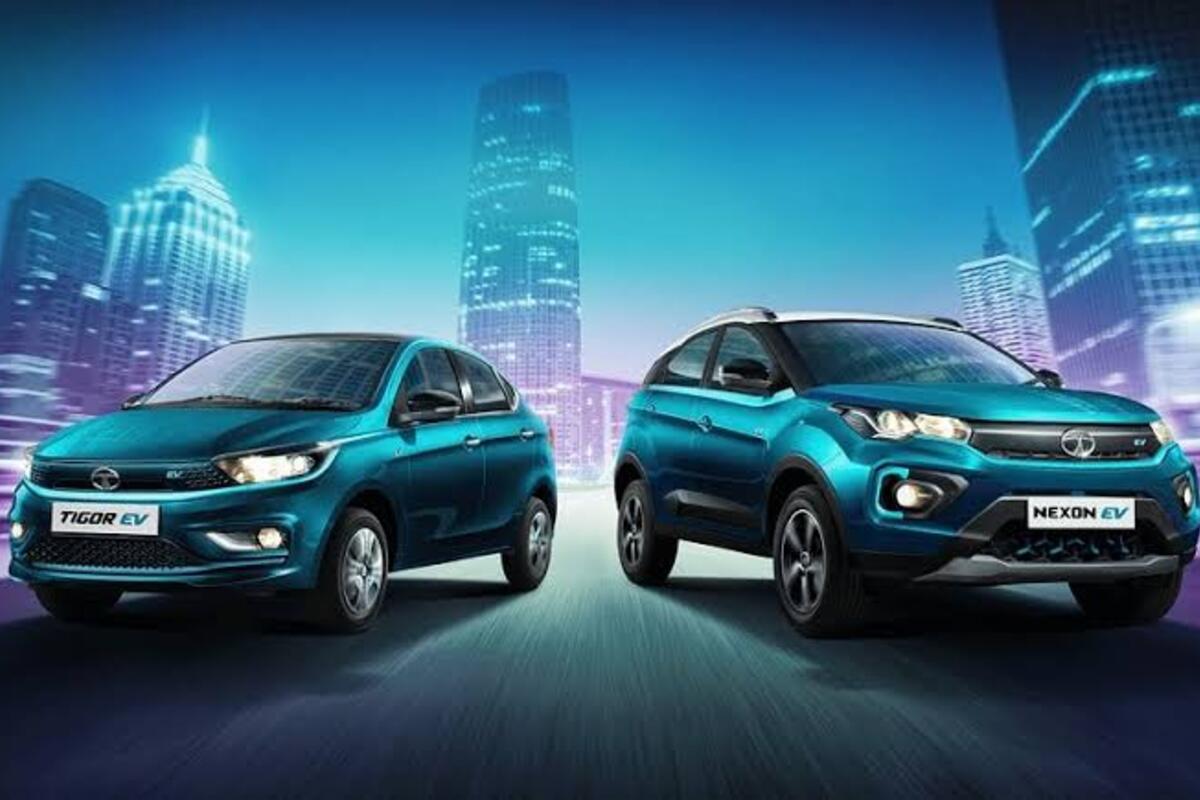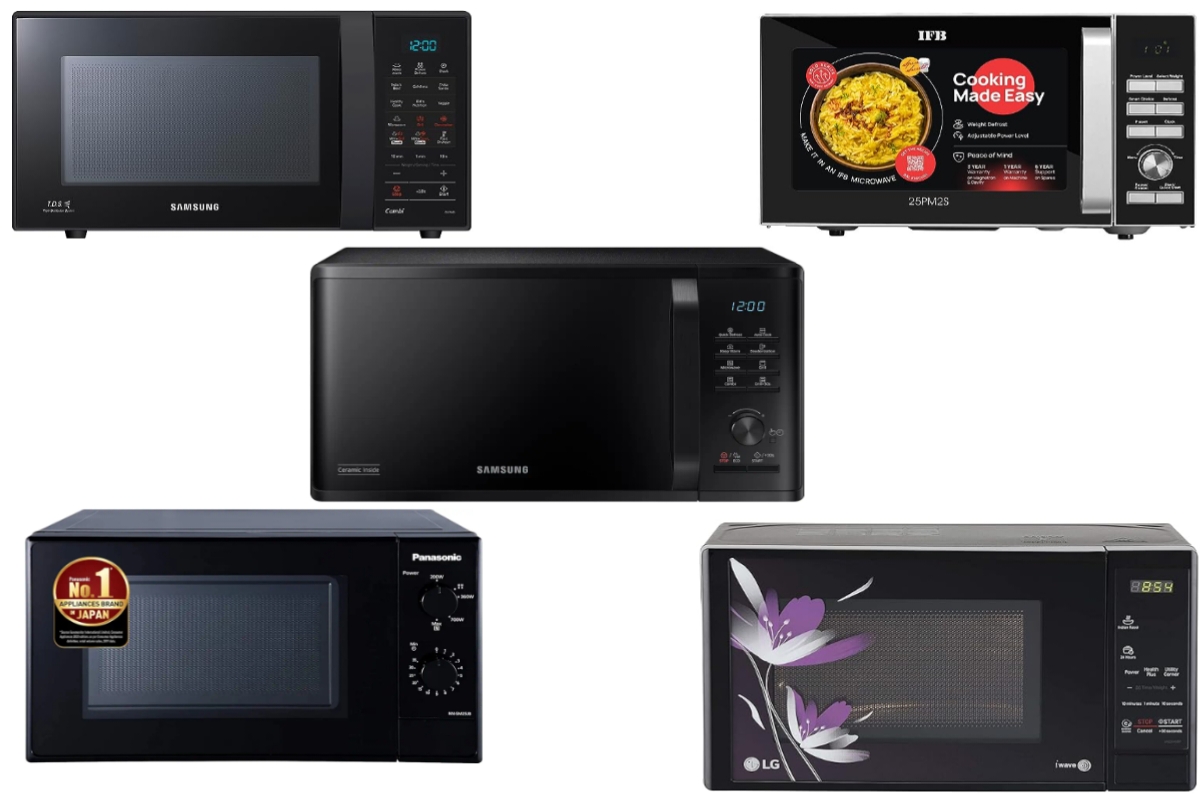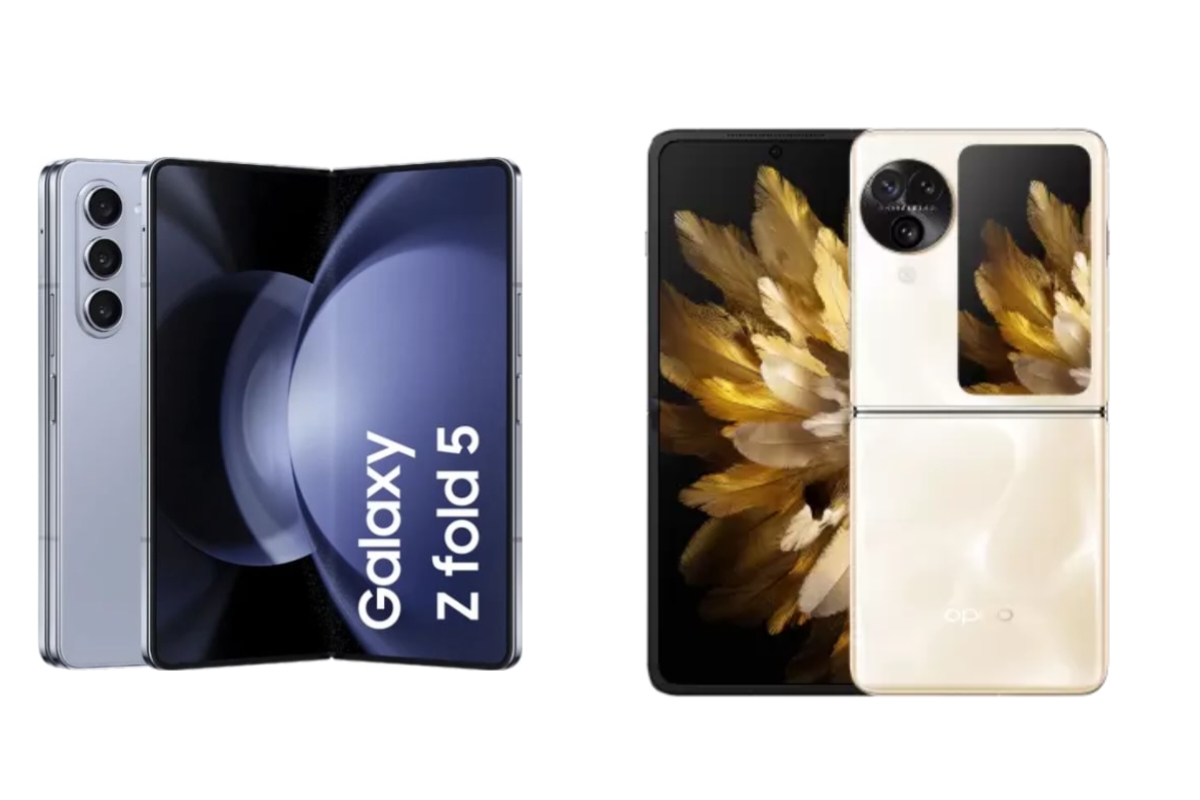Tata Motors EV sales: The electric division of Tata Motors has accomplished the amazing accomplishment of selling 100,000 electric cars (EVs) over a period of five years. Tata Motors, a legacy brand, defied the trend and has so far avoided competition in the four-wheeler EV market, unlike the two-wheeler EV market where start-ups have been the dominant participants.
Here are the sales
The initial 10,000 sales required 44 months, the subsequent 40,000 sales required 15 months and the final 50,000 sales required just nine months. With a market share of over 85%, Tata Motors dominates the EV market. Its most recent model, the Tiago EV, became the best-selling EV in India within a year of its release after selling more than 19,000 units since deliveries started in January 2023.
Tata Motors EV sales: These vehicles are the reason
The Nexon EV was the beginning of Tata Motors’ success story since it had the ideal combination of daily-useable range, sporty performance and a reasonable price tag wrapped in an SUV body type. This has been reflected in its sales, with Tata Motors selling more than 50,000 Nexon EVs since its launch. Alongside the Tigor EV, the more economical Tiago EV has made EV ownership more accessible. Within a year, the automaker intends to introduce four electric vehicles: the Nexon EV facelift, Harrier EV, Punch EV, and Curvv EV.
How company grabbed the EV market
Tata Motors Passenger Vehicles Managing Director, Shailesh Chandra Chandra identified two main factors for the Nexon EV’s success. The first was the word-of-mouth marketing that helped the Nexon EV get off to a fast start by winning over sceptics and early adopters. According to Chandra, “There was a lot of good word of mouth that gave comfort to the fence sitters that this is a practical car that can be used daily.” He also mentions that early purchasers believed EVs could only be used as a secondary vehicle. “Many started using them as their primary car and then the only car, having actually disposed of their internal combustion engine-powered vehicles when they got the comfort,” the Managing Director continues.
The national government’s policy of five percent GST on EVs as opposed to 28 percent on ICE was the second factor in the quick adoption of EVs. Additional support for this came from state-specific EV rules including the exclusion of road and registration fees.
Keep watching our YouTube Channel ‘DNP INDIA’. Also, please subscribe and follow us on FACEBOOK, INSTAGRAM, and TWITTER












